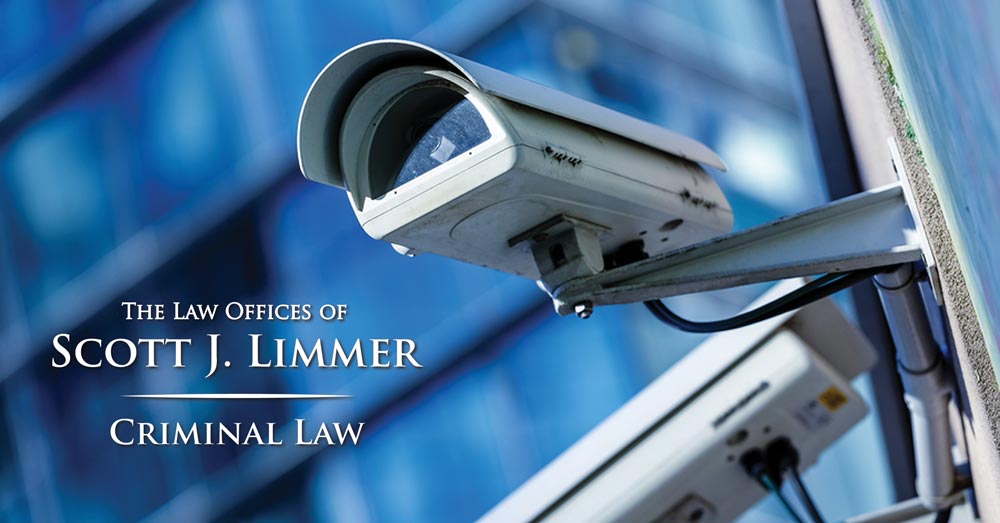Camden, New Jersey, an aging industrial city of about 78,000 across the Delaware River from Philadelphia, has seen better days. Its population has more or less steadily shrunk since the 1950’s, its manufacturing base has greatly eroded, and its crime rate has consistently been in the top ten among the nation’s cities. According to the FBI’s uniform crime reports, Camden’s roughly 10 square miles of territory saw 1,993 violent crimes in 2012, including 67 cases of murder and non-negligent manslaughter.
The city’s police department had its own troubles: money, staffing levels and cases of frame-ups and corruption. Taken over by the state, the city’s police force in 2013 was dissolved, and replaced with a county-wide force (which hired many of the former members of the city police). It also got a new chief, Scott Thomson, who had worked his way up the ranks of the city force, and has called for rethinking of the police forces’ approach to their communities.
An advocate of community policing — which put patrol teams walking regular beats through high-crime neighborhoods, rather than doing paperwork in station houses, and getting involved in school, sports and other community events — Thomson and the Camden County Police Department drew national attention for innovative tactics in building support and relations with the community, and tackling Camden’s sky-high crime rate (at one point, an estimated 175 open-air drug markets operated in the city). The department is now the second-largest in southern New Jersey; only Atlantic City has a larger police force.
In May last year, President Obama came to Camden to give a speech about a new executive order that ordered federal agencies not to supply local and state police forces with “militarized” equipment like grenade launchers, bayonets and high-caliber weapons. In his talk, he held up Camden as a “symbol of promise” for the nation, claiming that its new model of policing had reduced Camden’s violent crime by 24%, cut murders there by 47%, and eliminated 65% of open-air drug markets in the city.
The president also visited Camden’s tactical operations center, but had less to say about the high-tech equipment based there for finding suspects and tracking crime hotspots. Within the Real-Time Tactical Operations and Intelligence Center, staffers monitor arrays of TV screens bringing input from over 120 cameras mounted in high-crime areas, and from a 30-foot SkyPatrol robotic mobile crane that can be moved to a problem area and at once take activity throughout an area of six square blocks.
In addition, new high-tech scanners mounted on police cruisers scan licenses plates, looking for matches for drivers with outstanding warrants. Microphones planted in dozens of locations pick up the sound of gunshots and focus nearby cameras on the area. According to at least one press account, local drug dealers and their customers now credit the technology-assisted Camden County Police Department with possessing powers — such as the ability to scan the streets with facial-recognition software and identify any wanted suspects — which they do not in fact possess.
